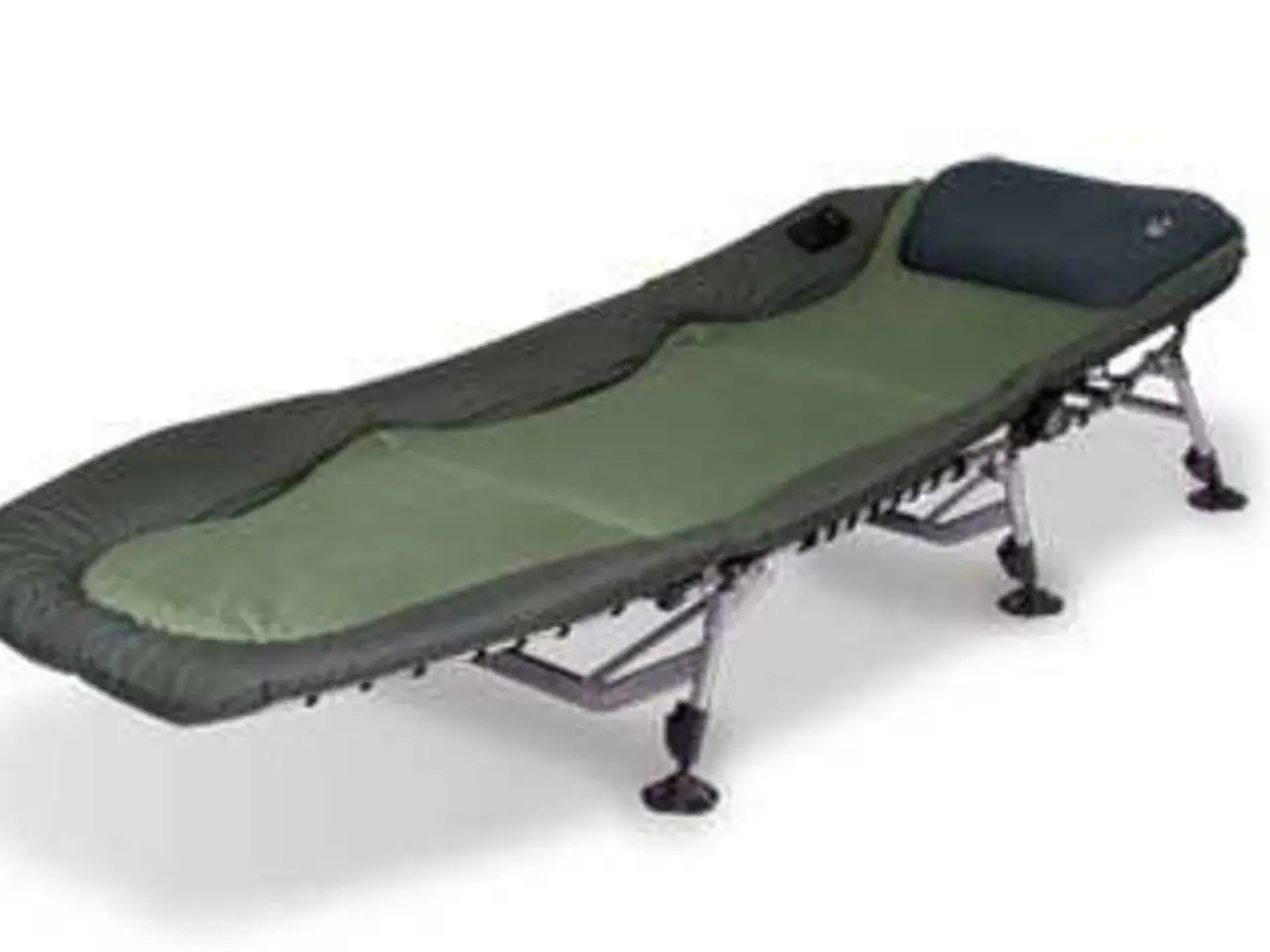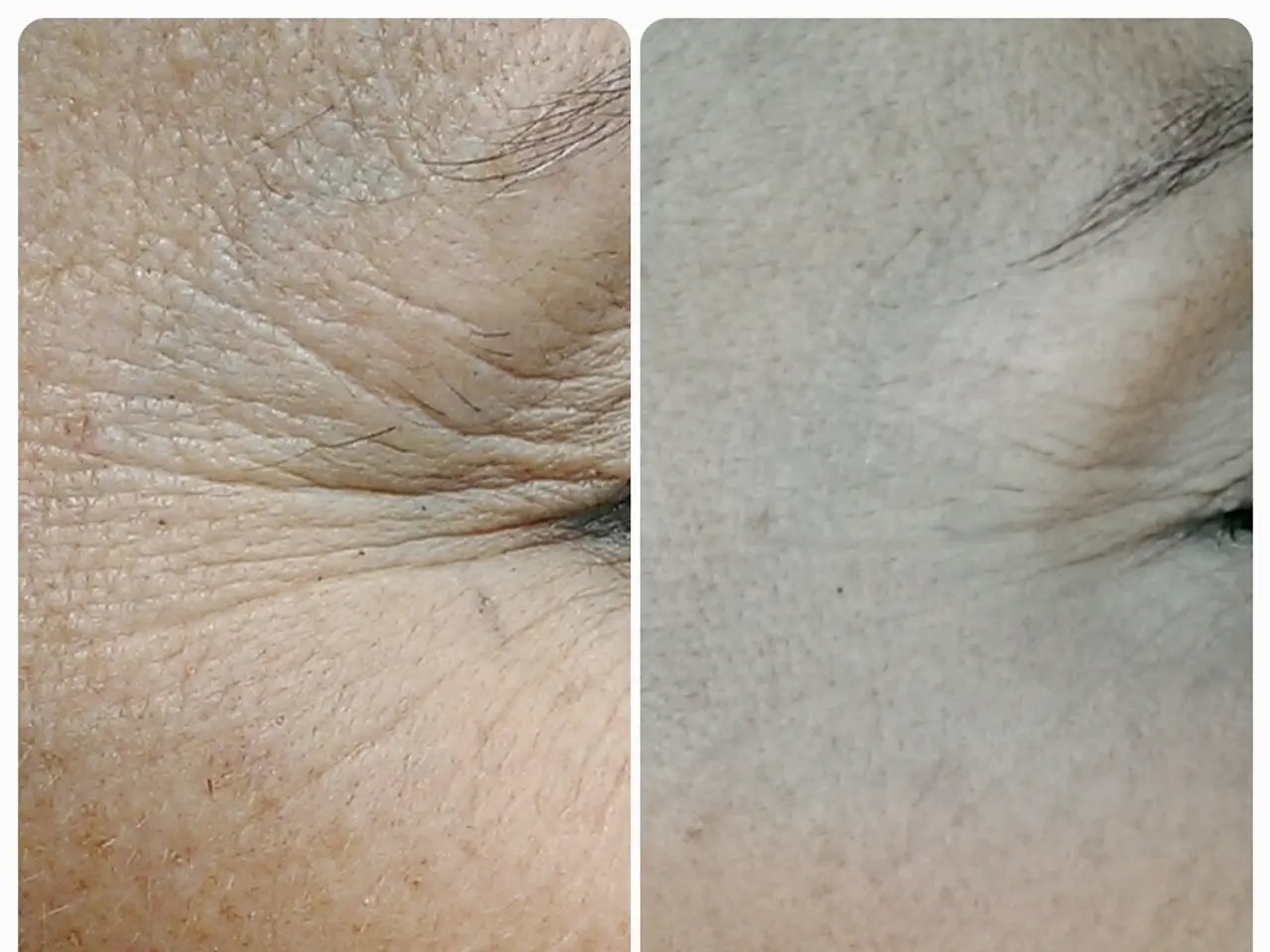Lyme Disease Impact on the Nervous System: Recognizing Symptoms, Discovering Causes, and Exploring Treatment Options
Headline: Understanding Neurologic Lyme Disease: Symptoms, Diagnosis, and Treatment
Neurologic Lyme disease, also known as neuroborreliosis or Lyme neuroborreliosis, is a serious but treatable complication of Lyme disease that affects the nervous system. This condition is more common in certain regions of the U.S., particularly the Northeast and upper Midwest, although precise prevalence data for neurologic Lyme disease specifically are not clearly detailed.
Symptoms
Neurologic Lyme disease can present with a variety of symptoms, some of which may include headache, neck stiffness, cranial nerve palsies (e.g., facial paralysis), cognitive difficulties, confusion, memory loss, numbness, tingling, tremors, shooting pains and nerve pain, meningitis-like symptoms, fatigue, muscle pain, and joint pain.
Diagnosis
Diagnosing neurologic Lyme disease can be challenging due to the overlap of symptoms with other conditions. The process often involves a clinical assessment of symptoms and a history of possible tick exposure, especially in endemic regions. The characteristic erythema migrans rash, while not always present, can also aid in diagnosis.
Laboratory testing is also crucial. This includes serologic assays for antibodies against Borrelia burgdorferi, the bacteria that causes Lyme disease. In cases of neurological involvement, cerebrospinal fluid (CSF) analysis may be done to look for inflammation and Borrelia antibodies.
Treatment
The treatment of neurologic Lyme disease typically involves antibiotic therapy. For severe central nervous system involvement, intravenous antibiotics like ceftriaxone are often used. Early localized Lyme disease can be treated with oral antibiotics, but neurological involvement requires extended or intravenous therapy.
Prompt treatment generally leads to the resolution of symptoms and eradication of the infection. Untreated neurologic Lyme disease can lead to chronic symptoms and complications.
In summary, neurologic Lyme disease is a serious but treatable complication of Lyme infection. Diagnosis relies on clinical suspicion, serologic and sometimes CSF testing, and treatment requires antibiotic therapy tailored to the severity of nervous system involvement. The typical duration of treatment for neurologic Lyme disease with antibiotics is 4 weeks.
- Neurology plays a significant role in understanding the complexities of Lyme disease, particularly neurological disorders associated with it.
- Lyme disease, if left untreated, can develop into neurological conditions such as Lyme neuroborreliosis, causing a wide range of symptoms like cognitive difficulties, facial paralysis, and meningitis-like symptoms.
- In the realm of health-and-wellness and medical-conditions, Neurologic Lyme disease requires immediate medical attention due to its potential for serious neurological complications caused by infectious bites and stings.
- Science continues to advance our knowledge of Neurologic Lyme disease, and it is important to stay informed about its symptoms, diagnosis, and treatment to ensure proper care and management of this challenging infectious disease.




